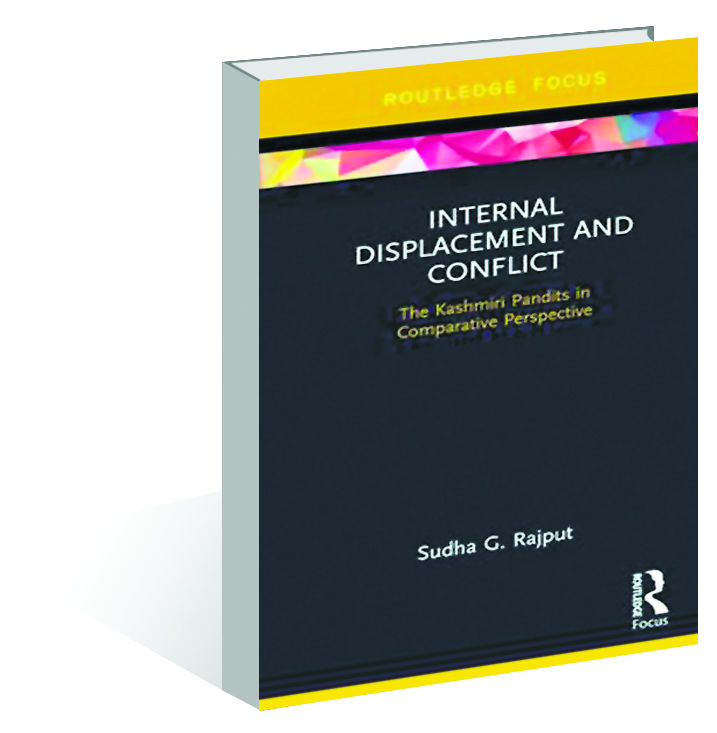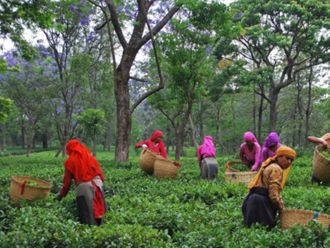Internal Displacement and Conflict: The Kashmiri Pandits In Comparative Perspective by Sudha G Rajput. Routledge. Pages 176. Rs4,678
Book Title: Internal Displacement and Conflict: The Kashmiri Pandits In Comparative Perspective
Author: Sudha G Rajput
Sunny Kaul
On a cold January night in 1990, anti-India and anti-Hindu slogans emanated out the mosques and reverberated across the Valley in a bid to incite members of the majority community to take to the streets for a show of brute strength. The aim was to deliver a clear message to the minority Pandit community living in Kashmir since ages — “Raliv, tcheliv ya galiv (convert to Islam, leave or get killed).” The unassuming, peace-loving Kashmiri Pandit community chose the second option and, in the days to come, a majority of them left their homes and migrated to the nearby districts of Udhampur and Jammu. Some even travelled to New Delhi for the safety of their lives.
Much has been written about this exodus of the minority community from the Valley and the challenges they faced in the alien settlements of Jammu and Delhi during the early part of their exile. However, not much effort has been made to understand the socio-economic, socio-political and cultural impact of the protracted displacement on the community members. It is this void which Sudha G Rajput has tried to fill through her book Internal Displacement and Conflict: The Kashmiri Pandits in Comparative Perspective.
The book presents a comparative study of the Kashmiri Pandits’ displacement with that of the families displaced from the Nagorno-Karabakh area of Azerbaijan, Abkhazia and the South Ossetia regions of Georgia, the ethnic Serbs displaced from Kosovo and those displaced from Darfur in Sudan.
The author evaluates these displacements on the various parameters of Marie Dugan’s Nested Model of Conflict to highlight the plight of the internally displaced persons — their standing in the host societies, which often view them as “freeloaders” and a burden on their resources, the dilemma of returning to their homes and how they are being treated by the policymakers, who consider their displacement as “voluntary” and “a temporary phenomenon” to save themselves the trouble of finding a permanent solution to their problem.
Rajput uses her interactions with various members of Pandit community to understand the specific issues leading to their migration, their struggles to cope with the host environment and their relationship with the members of the local communities of Jammu and Delhi. She also analyses the “historic marginalisation” of the Pandit community, the obstacles they face in restoring their livelihood in the exile and the impact of being labelled as “migrants”.
The author further looks into various policies framed by the government for the displaced community and how these are being perceived by some of the affected members as “blessing in disguise” while others consider them as “humiliation”.
A similar method is employed to evaluate the internal displacements in the regions of Azerbaijan, Georgia, Serbia and Sudan and comparisons are made to find the best way forward.
The book makes for a good read for anyone who wants to understand the phenomenon of internal displacement. However, frequent repetitions may put the reader off. The author also seems to have limited her scope of research to the people living in the migrant settlements. Looking particularly in the case of Kashmiri Pandits, a significant number lives outside the makeshift housing in rented accommodations, while many others have built their own houses in the past 30 years of displacement. Their views may be at variance with the inhabitants of the camps and thus need to be taken into account.
Maps of the regions under consideration could have also been included in the book to enhance the understanding of the reader.














